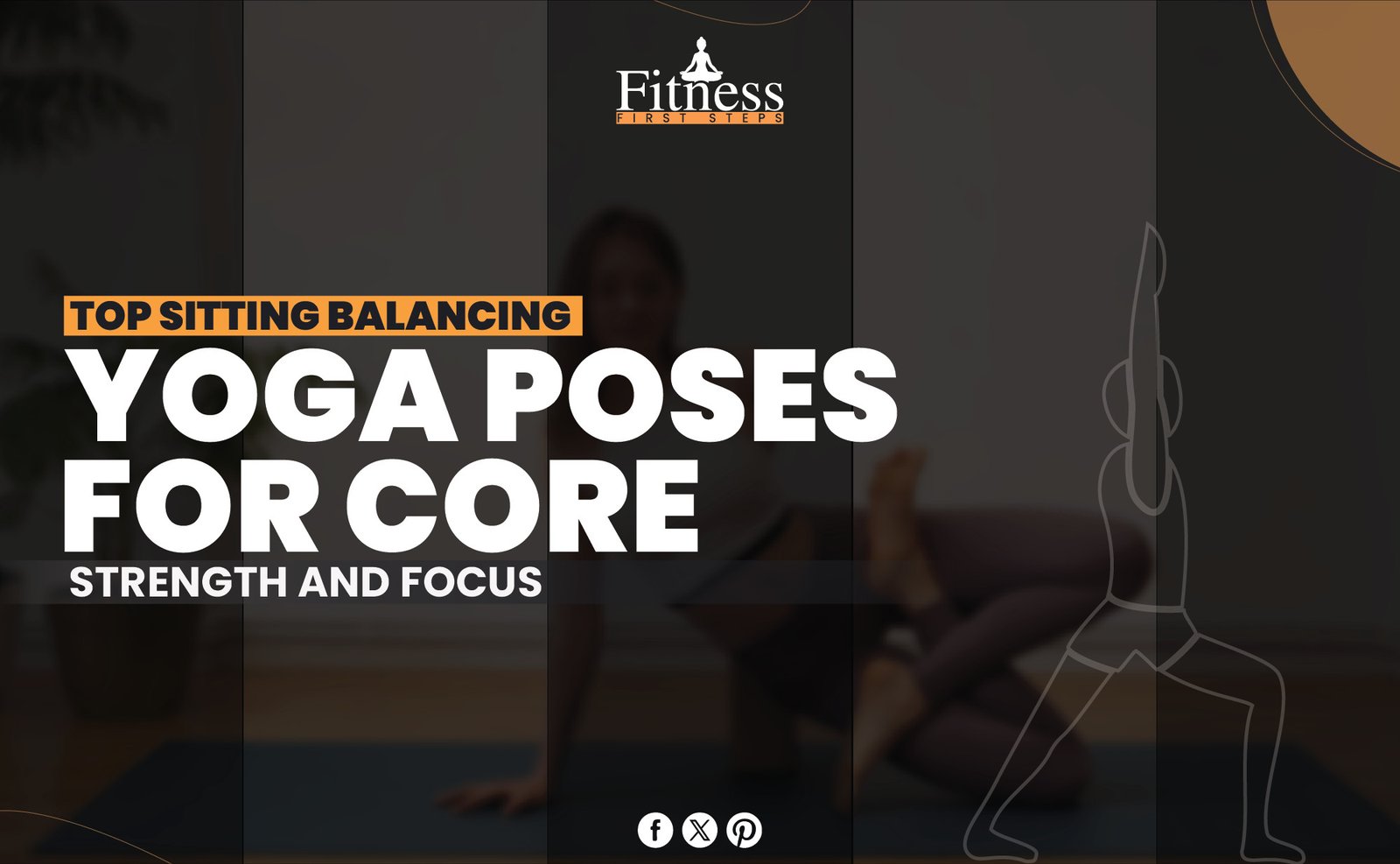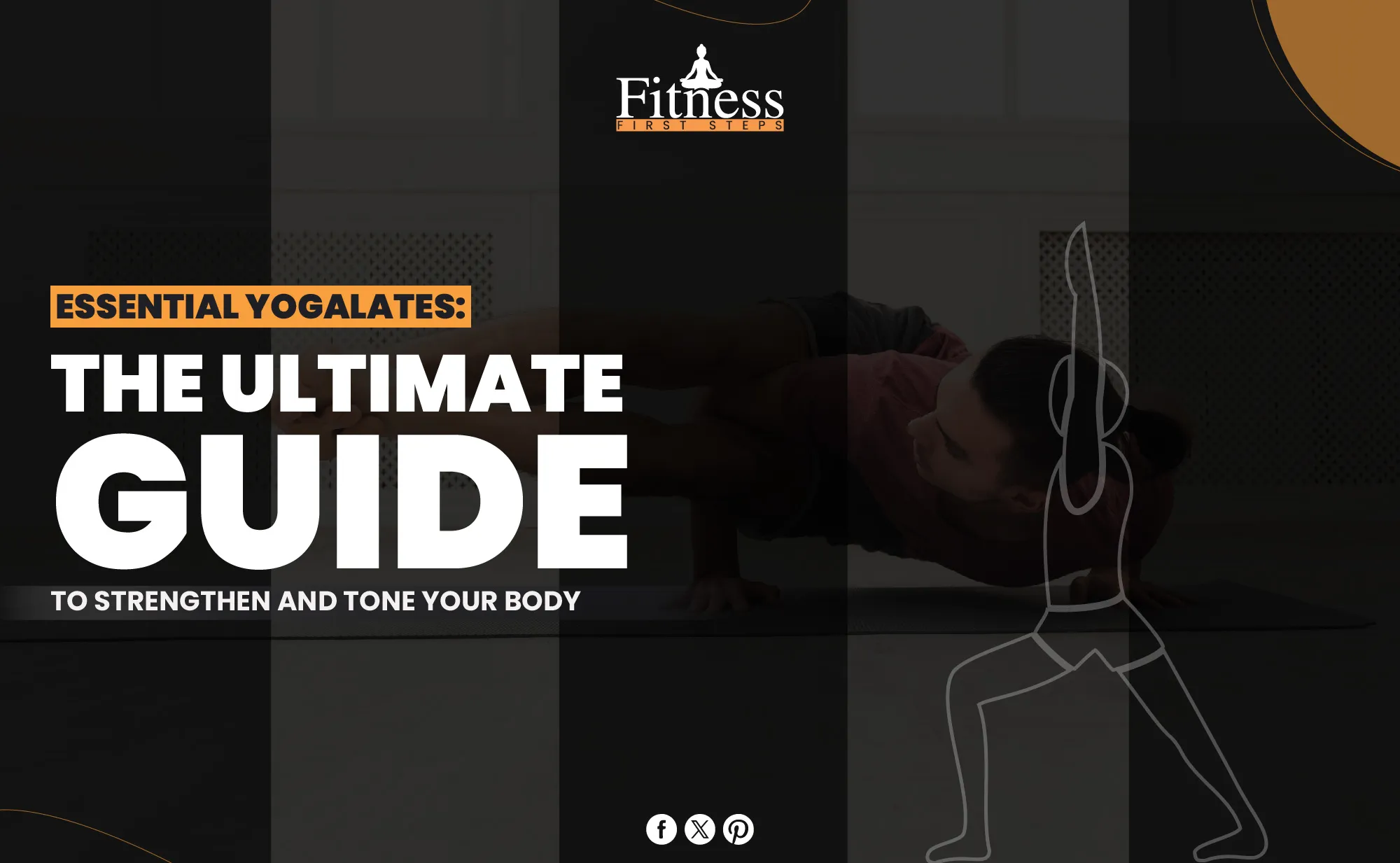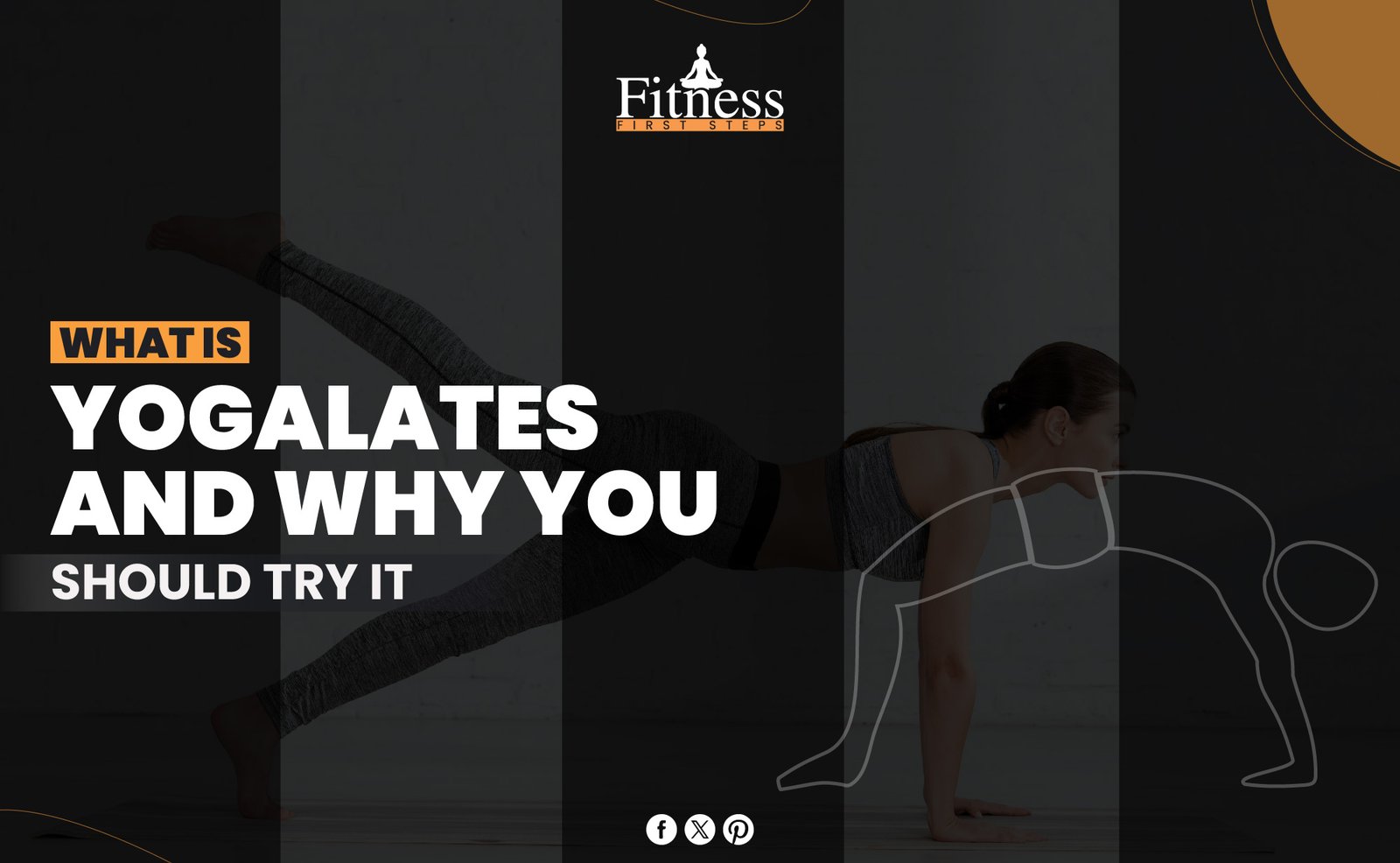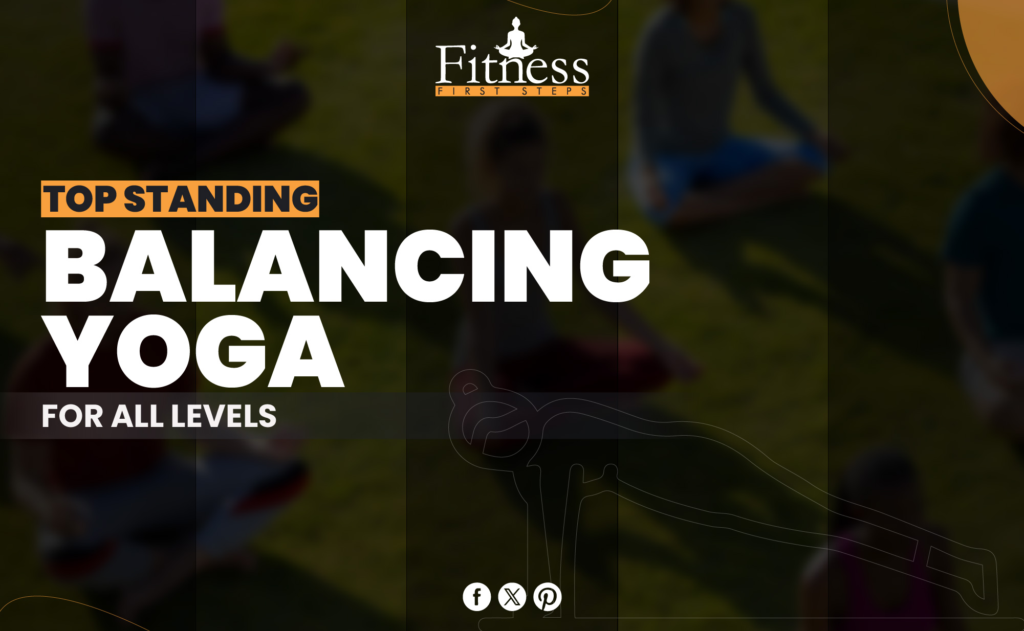Introduction to Yoga
Yoga is an ancient Indian exercise that balances the mind, body, and spirit. Asanas are the different positions that are done, along with breathing exercises and meditation. People respect this old practice because it can improve your mental clarity, emotional stability, and spiritual awakening while making you stronger, more flexible, and more balanced. Through ancient teachings, yoga is a deep way to find inner peace, health, and self-awareness.
Hatha Yoga: The Foundation
Hatha Yoga is the most basic form of yoga, and it stresses the importance of keeping the physical and mental parts of practice in balance. In Sanskrit, “Ha” stands for the sun and “Tha” for the moon, which shows how the practice brings together opposites. Hatha is a way to get stronger, more flexible, and more at peace with yourself by learning basic poses, controlled breathing techniques, and ways to rest. It’s a gentle way for beginners to start yoga and a good foundation for learning more advanced techniques.
Benefits:
- Improved Flexibility: Hatha has many stretching poses that help make muscles and joints more flexible and improve their range of motion.
- Enhanced Strength: Holding yoga poses makes your muscles stronger, especially in your back, arms, legs, and core. This helps you stand up straight and stay stable.
- Stress Reduction: It focuses on mindful breathing and relaxation methods that help calm the mind, lower stress, and promote relaxation. This leads to a feeling of inner peace and well-being.
- Better Balance and Coordination: The balance poses help improve proprioception and coordination, making you more stable and balanced overall.
- Increased Body Awareness: Hatha practitioners are told to pay attention to their bodies. This makes them more aware of their feelings, thoughts, and physical sensations, which leads to a stronger link with themselves.
Vinyasa Yoga: Flowing with Breath
Vinyasa Yoga flows from pose to pose by synchronizing breath with movement. The Sanskrit word “Vinyasa” means “to place especially,” stressing the coordinated postures, inhales, and exhales. This practice stresses breath-movement connection, encouraging fluidity, awareness, and mat presence. It is lively and dynamic, improving flexibility, strength, mental focus, and body and mind flow.
Benefits:
- Improved Flexibility: Vinyasa Yoga’s steady flow of movement helps to strengthen and stretch muscles, making the body more flexible and able to move in more ways.
- Enhanced Strength: To move easily from one pose to the next, you must use many different muscle groups. This strengthens you, especially in your arms, legs, core, and back.
- Cardiovascular Health: When you do deep breathing and move quickly, your heart rate increases, and your cardiovascular health improves, just like a moderate-intensity exercise workout.
- Stress Reduction: Vinyasa Yoga focuses on connecting breath with movement and staying aware of the present moment. This helps to calm the mind, lower stress, and increase rest.
- Mindfulness and Mental Clarity: It improves mental clarity, attention, and well-being by encouraging awareness and concentration with each breath and movement.
Ashtanga Yoga: Discipline and Strength
Ashtanga yoga is rigorous and stresses discipline, strength, and stamina. Sri K. Pattabhi Jois developed this and uses synchronized breath and movement to perform the Primary Series. It generates heat, purifies muscles and organs through sweat, and improves mental clarity. Ashtanga Yoga builds resilience, tenacity, and self-awareness through physical and mental obstacles.
Benefits:
- Physical Strength and Endurance: Ashtanga is a set of difficult poses that are done in a moving order. This helps build strength and endurance in the body’s muscles all over.
- Flexibility and Range of Motion: Ashtanga Yoga’s dynamic movements and deep stretches make muscles and joints more flexible and increase their range of motion, generally making the body more mobile and flexible.
- Mental Focus and Clarity: Ashtanga Yoga’s synchronized breathing and movement patterns take a lot of focus. These patterns help you be present, clear-headed, and focused on the mat and everyday life.
- Stress Reduction: This disciplined form of yoga helps the body and mind release tightness and stress. It also promotes relaxation, calmness, and a sense of inner peace.
- Detoxification and Purification: Ashtanga Yoga’s powerful flow creates heat, which helps the body detoxify and clean itself by improving organ function, increasing blood flow, and flushing out toxins.
Bikram Yoga: Sweating it Out
A 40°C (104°F) room is used for Bikram Yoga, commonly known as hot yoga. Hot weather promotes deep stretching, detoxifying, and flexibility. Sweating releases toxins and cleanses the body and mind. Bikram Yoga strengthens the body and mind as practitioners move through 26 poses and two breathing exercises. Heat, humidity, and certain postures provide a unique physical, mental, and general well-being atmosphere.
Benefits:
- Detoxification: The heat makes you sweat, which flushes toxins out of your body through your skin. This makes detoxing and cleansing your body better overall.
- Improved Flexibility: When you do yoga in a warm room, your muscles get more blood flow, which lets you stretch deeper and improves your flexibility and range of motion.
- Stress Reduction: It encourages focused breathing and attention. People relax and feel less stressed as they move through the difficult poses.
- Weight Loss and Metabolism: Its intense heat and high physical exercise can help you lose weight by burning more calories and speeding up your metabolism.
- Enhanced Circulation: Bikram Yoga’s heat helps to widen blood vessels, which improves circulation and sends oxygen-rich blood to all of the body’s muscles, organs, and cells.
Kundalini Yoga: Awakening the Energy
Kundalini Yoga is a strong and life-changing method for waking up the energy that lies dormant at the base of the spine. It uses dynamic poses, breathwork (pranayama), chanting (mantra), and meditation to awaken and control this powerful energy. This can lead to spiritual awakening, inner transformation, and self-realization. People who do this ancient practice can reach their full potential, reach higher levels of awareness, and connect with the energy surrounding and living inside them.
Benefits:
- Spiritual Awakening: It raises awareness and opens up your Kundalini energy, leading to deep spiritual experiences and a stronger link to God.
- Emotional Balance: It helps the body let go of mental blocks and traumas stored there. This leads to emotional healing, balance, and strength.
- Increased Energy and Vitality: This increases energy, vitality, and general health by promoting the flow of prana, or life force energy, through the body.
- Enhanced Mental Clarity: Kundalini Yoga clears the mind through meditation and breathwork. It also reduces mental chatter and improves focus, attention, and clarity.
- Stress Reduction: Kundalini yoga includes practices that help you relax and relieve stress. These practices help to calm the nervous system, lower stress, and encourage inner peace and rest.
Iyengar Yoga: Precision and Alignment
Iyengar Yoga is an organized and detail-oriented form of yoga that ensures that each asana (pose) is done correctly and with the right balance. B.K.S. Iyengar created this method and used blocks, ropes, and blankets as props to help practitioners get into the right position and ensure they practice safely and effectively. Focusing on stability, balance, and symmetry helps people become more aware of their bodies, thoughtful, and connected to the present moment.
Benefits:
- Improved Posture: The focus is on perfect posture and proper alignment. This helps improve overall posture, alignment, and spinal health, which lowers the risk of injury and supports structural integrity.
- Increased Flexibility: Props help people safely and gradually become more flexible in places like the hips, legs, and shoulders that feel tight or limited.
- Enhanced Strength: In Iyengar Yoga, holding poses correctly and precisely improves muscle strength, especially in the back, legs, arms, and core. This makes you more stable and gives you more functional strength.
- Injury Rehabilitation: Iyengar Yoga’s therapeutic method is good for healing and preventing injuries, and it can help people injured or have physical limitations by supporting them and changing how they do things.
- Stress Relief: Focusing on mindfulness, breath awareness, and precise alignment in Iyengar Yoga helps you relax, lowers stress, and calms your mind, leading to inner peace and well-being.
Yin Yoga: Deep Stretch and Relaxation
Yin is a gentle, meditative practice that uses long-held, passive poses to target ligaments, tendons, and fascia. Mostly done on the floor, its poses are held for one to five minutes or longer to help practitioners relax and release tension and stress. This gentle technique promotes physical and mental health by relaxing, introspecting, and being mindful.
Benefits:
- Deep Stretching: It focuses on the body’s deep connective tissues, giving it a deep stretch that helps relieve stress, makes the body more flexible, and makes it easier to move joints.
- Stress Reduction: Yin Yoga’s slow, quiet style helps you relax, turns on your parasympathetic nervous system, and lowers your stress, making you feel calm and peaceful.
- Improved Flexibility: In Yin Yoga, holding poses for long amounts of time slowly lengthens and stretches the muscles and connective tissues, making the body more flexible and able to move in more ways.
- Mindfulness and Meditation: It helps people become more self-aware and mindful in the present moment by having them pay attention to the feelings, thoughts, and sensations that come up during the exercise. This leads to mental clarity and inner peace.
- Balanced Energy Flow: By promoting the flow of energy (prana or chi) along the body’s meridian lines, Yin helps to balance the body’s energy system and improve health, vigor, and well-being as a whole.
Restorative Yoga: Healing and Renewal
It is gentle and caring, and its main goals are to help you relax, feel better, and heal deeply. This practice uses supported, relaxing poses that are held for long periods. It lets the body and mind fully relax and let go of stress. Restorative yoga uses blankets, bolsters, and blocks, among other things, to fully support the body in each pose. This helps with deep relaxation, stress relief, and physical and mental renewal.
Benefits:
- Stress Relief: This makes the body’s relaxation reaction happen, which calms the nervous system, lowers stress hormones, and makes you feel deeply relaxed and at peace with yourself.
- Physical Healing: It helps the body heal by letting it rest deeply and fully. It also reduces inflammation and speeds up recovery after an illness, injury, or long-term pain.
- Improved Sleep: Restorative yoga can help you sleep better by making you feel deeply relaxed and reducing your stress. This can lead to restful, rejuvenating sleep habits.
- Enhanced Flexibility: It slowly stretches and releases tension in the body’s muscles and connective tissues. This makes the body more flexible and loosens up tight and stiff areas.
- Emotional Balance: This helps practitioners connect with their inner thoughts, feelings, and sensations to find emotional balance and resilience.
Power Yoga: Strength and Intensity
Power yoga is a fast-paced and intense type of yoga that mixes traditional yoga poses with parts of strength training and running. This yoga is a style of yoga that was created in the West. It uses a fast-paced, moving series of poses to build strength, flexibility, and endurance. Power Yoga focuses on controlling your breath and moving with awareness. It tests your body and mind, building strength and determination and a strong link between your mind and body.
Benefits:
- Strength Building: It uses difficult poses and routines that work on large muscle groups. This strengthens and stabilizes the body, allowing it to handle longer workouts.
- Cardiovascular Health: Its flowing patterns and constant movement raise the heart rate, improve circulation, and strengthen the heart and lungs, much like a moderate-intensity aerobic workout.
- Flexibility and Range of Motion: Power yoga uses active stretches and moves to make muscles and joints more flexible, mobile, and mobile, which makes you more flexible and agile overall.
- Stress Reduction: It focuses on being aware of your breath and moving with awareness. This helps to calm the mind, lower stress, and increase relaxation, leading to inner peace and well-being.
- Mental Focus and Clarity: Power yoga requires you to be present and concentrate on the mat. This leads to better mental clarity, focus, and brain function on and off the mat.
Bhakti Yoga: Devotion and Love
Bhakti Yoga is a holy and loving method that seeks a personal relationship with God. It is rooted in ancient Indian traditions, urges practitioners to submit their ego and aspirations to a deity, guru, or universal consciousness. Bhakti Yogis pray, chant, sing devotional songs (kirtan), and serve others (seva) to purify the heart, awaken unconditional love, and unite with the divine.
Benefits:
- Deepening Spiritual Connection: By creating a deep link with the divine, it helps people feel a sense of oneness, unity, and divine love.
- Cultivating Compassion: Through devotion and selfless service, it encourages compassion, understanding, and kindness toward all living things. This creates a sense of unity and connection.
- Emotional Healing: It gives practitioners a safe place to talk about and let go of their feelings, which helps with emotional healing, cleansing, and inner peace.
- Enhancing Gratitude and Joy: In Bhakti Yoga, practicing devotion and love makes you feel thankful, joyful, and appreciative for all the good things in your life. This makes you happier and more fulfilled.
- Transforming Consciousness: It changes awareness by letting go of the ego and growing love and devotion. This leads to spiritual awakening, self-realization, and freedom from suffering.
Jivamukti Yoga: Spiritual Liberation
Jivamukti Yoga is a new and active type of yoga that combines music, meditation, singing (mantra), physical poses (asanas), and breathwork (pranayama) into a complete practice that aims to free the spirit. Sharon Gannon and David Life created it. It is based on ancient theory and includes parts of bhakti (devotion), karma (selfless service), and jnana (knowledge) yoga. This all-around method stresses ethical living, protecting the environment, and becoming aware of oneself. It provides a way for practitioners to experience spiritual awakening and freedom.
Benefits:
- Physical Fitness: Jivamukti is a difficult and dynamic exercise that improves health and vitality by building strength, flexibility, and cardiovascular endurance.
- Mental Clarity and Focus: It combines breathing exercises, meditation, and mindfulness practices. These practices help calm the mind, reduce mental chatter, and improve focus, attention, and mental clarity.
- Emotional Healing: It gives its practitioners a safe space to work through and let go of emotional blocks, scars, and limiting beliefs. This helps with emotional healing, balance, and strength.
- Spiritual Connection: It uses chanting, music, and devotional routines to help people feel more connected to God. This can lead to spiritual awakening, inner peace, and a strong sense that their life has a purpose.
- Environmental Awareness: It promotes ethical living, environmental activism, and compassion for all beings, promoting a sense of connectivity and responsibility for the planet and its people.
Anusara Yoga: Aligning with the Heart
Anusara Yoga emphasizes heart connection and alignment with the divine within and around us. John Friend founded this, which stresses alignment, tantric philosophy, and heart joy. Anusara invites practitioners to accept their goodness, express themselves truthfully, and find joy and freedom on and off the mat through precise alignment signals, innovative sequencing, and heart opening.
Benefits:
- Physical Alignment: It teaches exact alignment concepts to prevent injury, optimize biomechanics, and build a safe and successful yoga practice.
- Heart Opening: Anusara Yoga promotes emotional healing, self-acceptance, and love by connecting practitioners to their deepest feelings, wishes, and goals through heart-opening poses.
- Strength and Flexibility: Balanced and harmonious, Anusara combines strength-building poses with dynamic stretching to improve strength and flexibility.
- Community and Connection: It creates a loving and inclusive community where practitioners can uplift and inspire one another.
- Spiritual Growth: Anusara uses tantric philosophy and spiritual teachings to help practitioners find, realize, and evolve spiritually, aligning them with the divine inside and around us.
Sivananda Yoga
Classical and holistic Sivananda Yoga follows the Five Points of Yoga. It was founded by Swami Sivananda and spread by his disciple Swami Vishnudevananda. It promotes physical, mental, and spiritual well-being. The Five Points help you live a balanced and peaceful existence by incorporating yoga into daily life.
- Proper Exercise (Asanas): Sivananda emphasizes yoga poses (asanas) to strengthen, flex, and promote health. A systematic sequence of asanas builds strength, balance, and vigor for optimal health and well-being.
- Proper Breathing (Pranayama): Sivananda Yoga emphasizes pranayama (conscious breathing) to manage prana (life force energy) flow. Pranayama improves breathing, calms the mind, and promotes inner serenity.
- Proper Relaxation (Savasana): Savasana is a profound relaxation that relieves stress and rejuvenates the body and mind in Sivananda Yoga. Guided relaxation techniques help practitioners relax and find inner peace.
- Proper Diet (Vegetarian): Sivananda Yoga promotes a balanced, sattvic (pure) diet for health, well-being, and spiritual progress. We advocate a vegetarian diet with whole, natural foods to nourish the body and encourage a yogic lifestyle.
- Positive Thinking (Vedanta) and Meditation (Dhyana): Through Vedanta philosophy and meditation, it promotes positive thinking, self-awareness, and spiritual exploration. Quieting the mind and looking inside brings clarity, insight, and inner serenity, leading to self-realization and spiritual emancipation.
Integrating Yoga into Daily Life
When you’re not on the mat, the ideas and practices of yoga can help you live a more balanced, peaceful, and worthwhile life. Adding yoga to your daily routine means bringing mindfulness, self-awareness, and conscious living into every part of your life, from the everyday to the special.
- Mindful Awareness: Be present when eating, walking, working, or interacting with people. Notice sensations, thoughts, and emotions without judgment or attachment.
- Conscious Breathing: To stay present, calm your thoughts, and manage your emotions, practice aware breathing throughout the day. Deep, calm breaths alleviate stress, relax, and provide peace.
- Yogic Principles: Apply yoga ethics like compassion, kindness, honesty, and non-violence (ahimsa) to your relationships. Integrity, generosity, and humility promote harmony and goodwill in all interactions.
- Healthy Lifestyle Choices: Eating right, exercising, relaxing, and avoiding hazardous substances are healthy choices. Honor your body as a temple and care for it.
- Self-Reflection and Self-Inquiry: Journaling, meditation, or contemplation are good ways to reflect. Discover mental patterns, beliefs, and wants to gain self-awareness and evolve.
By adding these to your daily life, you can fill your life with awareness, compassion, and purpose, which will help you feel more fulfilled, at peace with yourself, and in touch with your true self.
